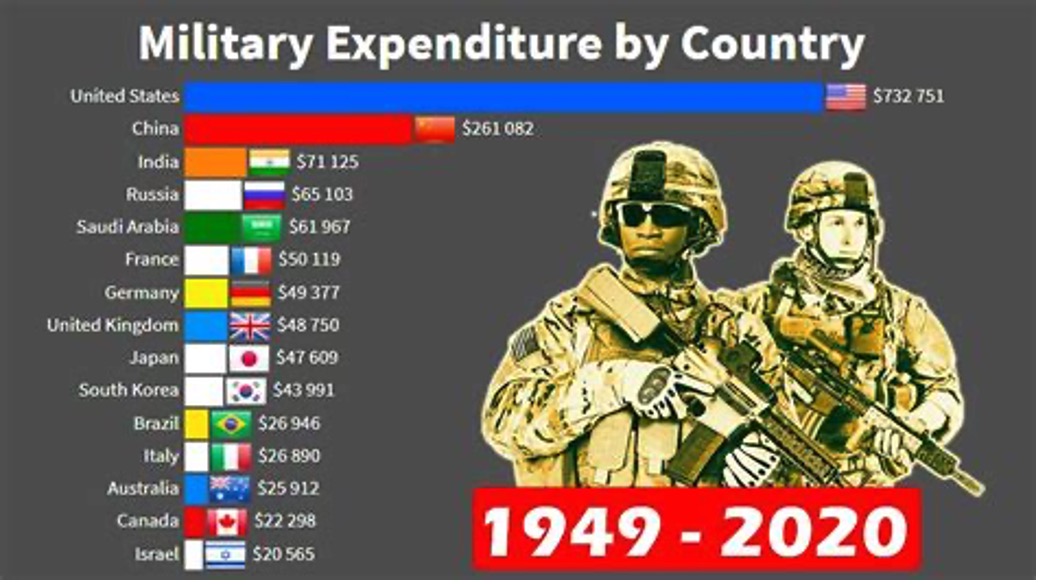Comments
PLATKIN ON PLANNING - Predicting the future, whether relying on tea leaves or statistical regression lines, rarely succeeds. So many factors are in play, especially the ability of our species to take individual and group action, that few predictions get things right.
Nevertheless, we know a great deal about appalling conditions in Los Angeles, and when I gaze into my crystal ball, they are not disappearing on their own.
- LA’s sidewalks and streets are filled with craters and bumps resulting from years of deferred maintenance.
- ADA-curb cuts are required by law and court decisions, yet City Hall’s compliance efforts are so underfunded and poorly managed, that many LA sidewalks are still waiting for their “mandatory” curb cuts.
- LA’s urban forest is shrinking because of rampant real estate development and relentless climate change. These efforts, too, are woefully underfunded.

- LA’s homeless crisis is getting steadily worse, spreading from DTLA’s historic Skid Row to the entire metropolitan area. The causes are no mystery: growing economic inequality and poverty, rising housing prices and stagnant wages, the elimination of HUD and CRA public housing, and City Hall’s misuse of its land use authority to promote un-planned real estate speculation.
- Climate change has already appeared in LA as heat waves, floods, Colorado River water rationing, wildfires, and deteriorating air quality, with a “What me worry” response from City Hall.
- Alternatives to owning and driving cars, including walking, transit, scootering, and biking, are languishing, while expanded freeways, like the I-405 in West Los Angeles, are filled to capacity. One obvious solution, a network of protected bicycle lanes, barely exists, despite adopted plans, available wide streets, and nearly perfect weather.
My crystal ball is flashing a warning: these trends are here to stay. The more profound question, though, is whether LA’s downward spiral results from inept local governance made worse by corruption, or whether macro factors are also responsible, like the flight of industry to cheaper labor markets, more frequent economic booms and busts, massive military budgets, and slashed Federal urban programs. Since LA’s problems also appear in other cities and have persisted for nearly a half century, we cannot easily dismiss them with anecdotes about incompetent and often corrupt local officials. Furthermore, we intuitively know that few events are truly random, even when it is hard to uncover their connections.
My initial analysis is that during this entire period, beginning in the 1970s, neo-liberal economic theories (i.e., trickle down and supply-side deregulation) prevailed at all levels of government. Three legislative initiatives bear this out: Richard Nixon’s crusade, dating back to 1973, to end public housing programs, Ronald Reagan’s “successful” efforts to deregulate Savings and Loan banks, and Bill Clinton’s bi-partisan legislative programs to “end welfare as we know it.” In each case success led to worse conditions.
Furthermore, these and similar neo-liberal domestic policies were closely linked to the neo-conservative movement. This is what produced this country’s bi-partisan, costly, and futile foreign military adventures, especially the Vietnam War (1962-1975), Iraq War (2003-2011), Afghan War (2002-2022), and the War on Terrorism (2001-date).
An easy way to grasp these connections is the twists and turns of housing policy. It shifted from Federally funded and operated public housing programs, begun by FDR’s New Deal in 1934 until Richard Nixon terminated public housing in 1973, within months of his withdrawal of defeated U.S. troops from Vietnam. Since then low-priced housing has been piggy-backed onto private sector apartments through a poorly funded Section 8 voucher system, augmented by local density bonus ordinances. The result? Millions have been priced out of housing and many of them ended up homelessness.
According to the Jacobin Magazine, Nixon’s approach to housing spread to other domestic policy areas and became fully bipartisan by 1993.
“By the time Clinton took office (in 1993), huge cuts to welfare spending under Ronald Reagan had already eliminated four hundred thousand people’s eligibility for welfare, and one million people’s eligibility for food stamps. After adjusting for inflation, welfare benefits had fallen by 47 percent between 1970 and 1994.”
What is hard to grasp is that the same long-term economic crisis that drives neoliberal domestic policies is also responsible for neo-conservative militarism and foreign wars. One connection, though, is obvious. When the Federal budget allocates vast sums to war and weapons, fewer resources are available for housing, medical care, and food stamps. At present, the total national security budget of the US government is $1.4 trillion/year. The Pentagon’s portion is now $900 billion/year and by 2027 will reach $1 trillion/year.

Another connection is less obvious. The same recurring economic crises affect both US domestic and foreign financial interests. Domestically, neo-liberal policies directly benefit the private sector in two ways. The first allows them to acquire governmental contracts for tasks that were historically met in-house. The second allows private companies to financially benefit from the deregulation of the government regulations that applied to their business operations. According to the great deregulator himself, Ronald Reagan, “Government is not the solution to our problem. Government is the problem."
Abroad, neo-conservative hawkish foreign policy is aligned with similar objectives. Conflicts, such as the proxy war against Russia in the Ukraine, fill the coffers of military contractors with orders for new and replacement weapons. Second, wars for control of strategically located areas, like Iraq, also fatten the bottom line of American companies with international investments, especially in energy.
While coincidence is not cause, we would be derelict if we did not try to understand how the vast array of problems that afflict an enormous city like Los Angeles do not have their roots in the same economic factors that steered this country into hot, cold, and proxy wars.
(Dick Platkin is a retired Los Angeles city planner who reports on local planning issues for CityWatchLA. He serves on the board of United Neighborhoods for Los Angeles (UN4LA). Previous Planning Watch columns are available at the CityWatchLA archives. Please send questions and corrections to [email protected].)
















